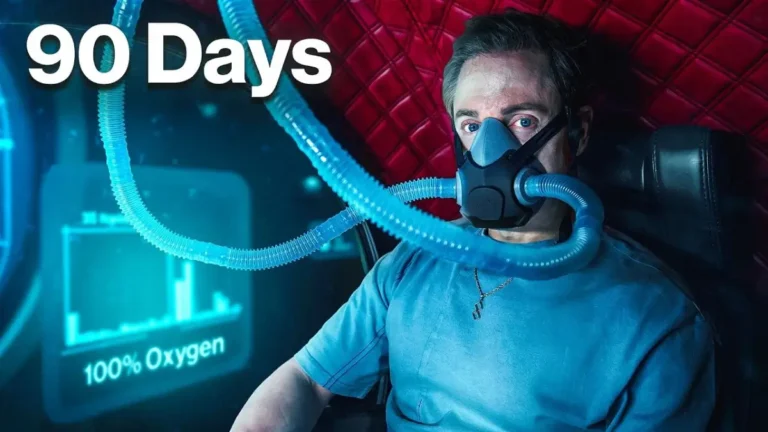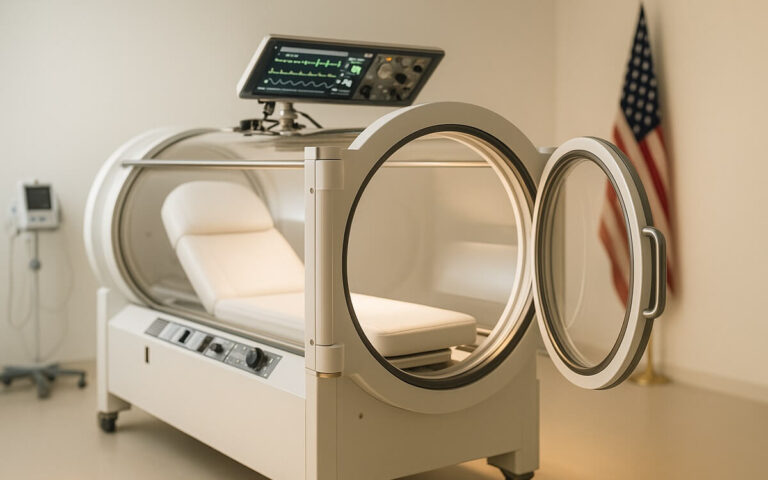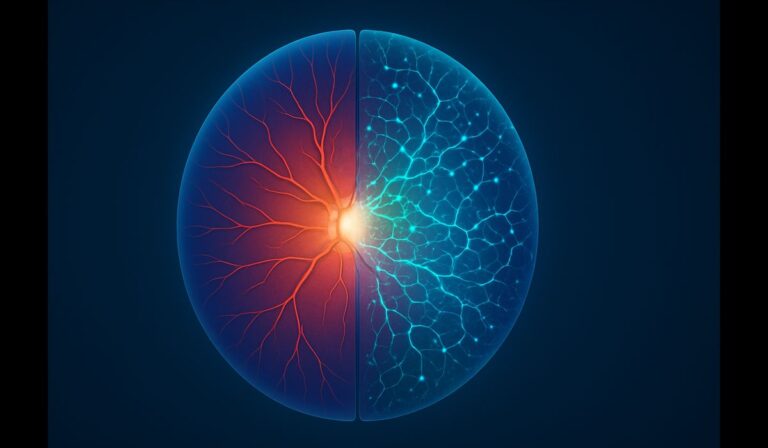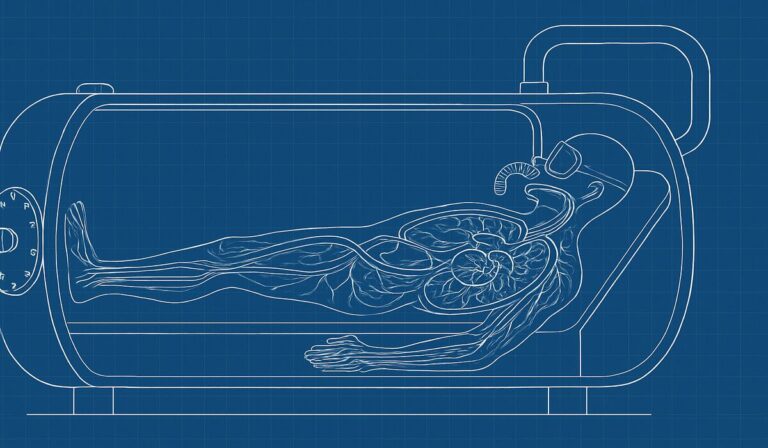QUICK FACTS
- Jamie Kavanagh has a glioblastoma, an aggressive brain cancer with a median survival of 12-18 months after standard treatment is exhausted.
- His family’s fundraiser aims to cover both immunotherapy abroad and a hyperbaric oxygen chamber for home use – a treatment not proven to fight the cancer itself.
- While HBOT is proven to heal radiation side effects, its use as a direct cancer treatment remains highly experimental and controversial within mainstream oncology.
Jamie Kavanagh’s fight against glioblastoma, an aggressive brain cancer, is nothing short of remarkable. Diagnosed in 2021 with a disease that typically leaves patients with a survival window of 12 to 18 months, Jamie has surpassed expectations, battling on for over three years now.
From the beginning, his journey has been tough. He experienced relentless headaches that went unrelieved by standard painkillers until an MRI revealed the tumor.
Emergency surgery followed within days, combined with chemotherapy and radiotherapy, standard treatments which initially cleared scans. Yet, in late 2024, the cancer returned suddenly, forcing another round of surgery.
Jamie’s case is a stark reminder of glioblastoma’s brutal nature – only 5% survive beyond two years. But he’s managed to beat those odds, in part due to a mix of conventional and experimental treatments. He’s undergone immunotherapy trials in Germany to slow tumor growth and reduce side effects.
These treatments have allowed him vital quality time with his four young children, despite severe physical challenges. But financial resources are draining fast—his family has raised over €235,000 to date, yet treatment costs continue to mount, and fundraising remains crucial for his survival.
A key part of Jamie’s current treatment arsenal is hyperbaric oxygen therapy (HBOT) – a procedure where patients breathe pure oxygen in a pressurized chamber.
The boost in tissue oxygen is believed to enhance healing, reduce inflammation, and improve the efficacy of chemotherapy drugs.
Jamie has access to a chamber on loan but is raising funds to buy his own, aiming to use it himself and offer access to others in his community. This adds a communal aspect to his fight, showing awareness that the benefits might extend beyond his own case.
Skeptics may ask, “Does HBOT really make a difference for cancer patients?”
Research so far offers cautious optimism rather than definitive cures. Studies show HBOT does not accelerate tumor growth and may actually suppress it by improving oxygen levels in tumors, countering the hypoxic environment that often makes cancer more aggressive.
Experimental models, including lung cancer studies, found increased tumor cell death and suppressed progression after HBOT. Reviews highlight HBOT’s role in managing cancer treatment side effects and potentially enhancing therapy outcomes without promoting cancer spread.
But not all HBOT chambers are equal, and treatment effectiveness depends on the right equipment and conditions.
Home HBOT chambers are broadly categorized as hard or soft-shell. Hard chambers provide higher pressures—up to 3 atmospheres absolute (ATA)—and can deliver more intense treatments but are expensive and less portable.
Soft chambers are less costly, portable, and often inflatable, providing mild hyperbaric therapy at about 1.3 ATA. They suit at-home daily use but may fall short for aggressive treatment protocols.
Jamie’s fundraising goal targets a hard chamber costing around €45,000, reflecting the need for medically robust therapy to maximize his survival chances.
Beyond price, potential users must consider safety certifications, ease of use, noise levels, and space needs before purchasing. Providers offer options for home users, including support to safely guide treatment under medical supervision.
To anyone skeptical of Jamie’s battle or the promise of HBOT in brain cancer: it’s not presented as a cure but as one possible edge to prolong life when conventional treatments fall short. Jamie’s fight is hard, but his determination, combined with emerging adjunct therapies like HBOT, suggest that even the bleakest diagnoses can have space for hope. Saving time and quality of life against the harsh statistics of glioblastoma – that is the real story here.
If you want to to help Jaimie with his fundraising goal, consider making a donation to his Gofund me campaign.
References
- [1] Limerick Leader – “Heartbreaking appeal as Irish man looks to defy the odds in deadly brain cancer battle” – Sep 14, 2025
- [2] GoFundMe – “Help Jamie Fight Brain Cancer” – Oct 17, 2021
- [3] PMC – “Hyperbaric oxygen suppressed tumor progression through modulation of hypoxia in lung cancer model” – June 7, 2021
- [4] PMC – “Hyperbaric Oxygen Therapy for Managing Cancer Treatment Complications” – Feb 21, 2025
- [5] PMC – “Hyperbaric oxygen therapy and cancer—a review” – Oct 1, 2012
- [6] Wiley Online Library – “Hyperbaric Oxygen-Facilitated Cancer Treatment: A Review” – 2023
- [7] AHA Hyperbarics – “Home System AHA Fit” – May 31, 2023
- [8] OxyNova – “Series 9 Hyperbaric Chamber” – July 23, 2025
- [9] Natural Balance Hyperbarics – “In-Home Hyperbaric Chambers” – Sep 11, 2023
- [10] Henshaw Hyperbarics – “HBOT for Home Use” – May 27, 2024
- [11] Food Nourish – “Best Hyperbaric Chambers for Home Use”
- [12] Food Nourish – “Hard vs Soft Hyperbaric Chambers”
- [13] HBOT Research – “Best Hyperbaric Chambers for Home Use”






